Last month, the LANDTHINK Pulse posed the following question to our audience: What is the biggest barrier to growing your own food?
More and more people are embracing the benefits of growing their own food in their own backyard. Some may want to start a new hobby or teach their kids how plants are grown. Some want increased food security or cost savings. And then there are those who do it for health and wellness, and simply want to reap the benefits of their harvest season after season. Most people recognize the advantages of growing your own food, from boosting your health and saving money to contributing to a more sustainable planet. There are, however, several practical, economic, and psychological barriers that hold people back from growing their own food. The Pulse results from last month were all over the board, but the largest percentage (32%) indicated that LACK OF LAND was the biggest barrier to growing your own food followed closely by 23% who said TIME AND ENERGY CONSTRAINTS, and 22% who said LACK OF KNOWLEDGE AND EXPERIENCE.
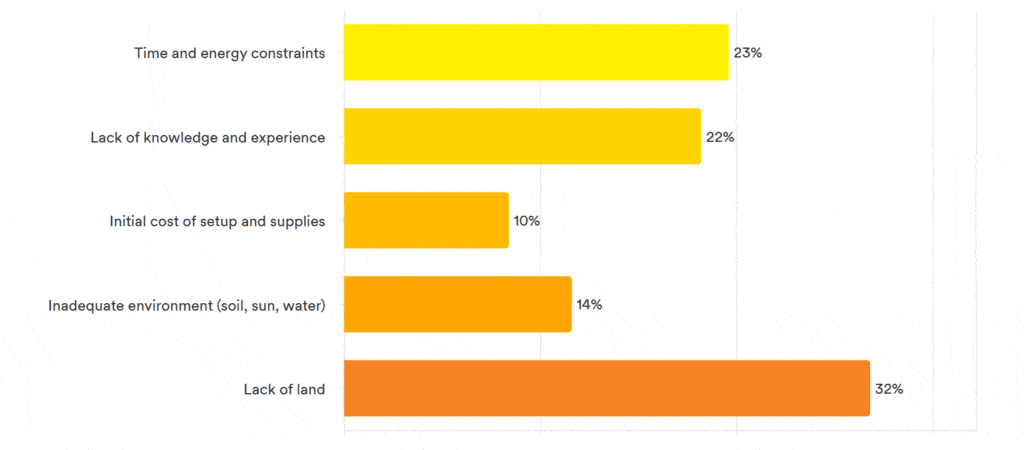
The majority of respondents (32%) cited a LACK OF LAND as the main barrier to growing your own food. It’s not impossible to grow your own food even if you don’t have access to enough land for a productive garden – it just takes a little more creativity. In reality, there are numerous ways to grow food if you live in an urban environment, apartment, or home without a yard. Here are a few methods for growing without land:
Collaborate on a Shared Garden
If you’ve been eyeing that nice, underused, sunny lawn next door and dreaming of filling it with leafy greens and big red tomatoes, you can offer to help establish and maintain a shared garden in exchange for a portion of the harvest. To make it successful, clearly define expectations and create a plan for the garden’s layout, maintenance, and how you’ll handle the harvest and potential risks. Pool resources for seeds, seedlings, tools, and materials like compost or mulch. One neighbor might have extra tools, while another might have gardening knowledge to share. Talk through details such as what vegetables to grow, when to work in the garden, and how to store equipment.
Container Gardening
Container gardening is an excellent way to grow plants without any traditional gardening space, as you can use balconies, patios, windowsills, or even rooftops. With a thoughtful selection of containers, appropriate soil, and suitable vegetable varieties, you can create a thriving vegetable garden in any outdoor space. To succeed, choose the right containers with drainage holes, use a high-quality potting mix, select plants appropriate for container size, and provide consistent watering and care.
Vertical Gardening
Maximize small spaces by growing upwards using trellises, cages, or stacking planters. If you have a balcony, deck or small city garden, you can grow vegetables, fruits and herbs. If you’ve got a nice piece of land to work with but are looking to take your yields to the next level, going vertical may be the answer. It’s the perfect way to make the best use of what you’ve got, especially for those plants that like to climb anyway.
Small-Scale Hydroponics
Using just a dedicated container, water, nutrients, and light, you can grow plants all year long, sans soil. Hydroponics can be done indoors or outdoors, but if you’re growing indoors, artificial LED lights are needed to provide the light source. Hydroponic gardening is space-efficient and takes less water than gardening in soil. Growing in water also means no weeds.
Coming in a close second, 23% said TIME AND ENERGY CONSTRAINTS hindered growing their own food at home. Modern life and work schedules can be demanding, leaving little time for the consistent labor of preparing, planting, and maintaining a garden. Gardening is a demanding, seasonal activity that requires persistent effort to manage tasks like weeding, watering, and pest control. Time constraints for growing your own food depend on the scale of your garden, but an established vegetable garden may only require about two to four hours of work per week. If you have a busy schedule, start small. Not all plants require the same amount of effort. If you have limited time, select hardy, low-maintenance varieties that are more resistant to pests, drought, and temperature swings. Breaking down gardening chores into smaller, manageable routines also helps make the process less overwhelming.
Coming in third, 22% said LACK OF KNOWLEDGE AND EXPERIENCE. Because many of us were neither taught much botany in school nor raised by farmers, the lack of knowledge about growing vegetables can feel insurmountable. This includes understanding soil health, proper planting techniques, how to handle pests and disease, and dealing with storage of harvested produce. The key is to start small, research your local conditions, and choose vegetables that are known to be beginner-friendly. The Old Farmer’s Almanac and other gardening websites have free online planning tools to help you design your layout, check planting dates, and find companion plants. High-quality soil is the foundation of a successful garden, and healthy soil leads to healthy plants. Contact your local Cooperative Extension Service for a soil-testing kit. The results will tell you the pH and nutrient levels, so you know what amendments to add.
Growing your own food offers a variety of benefits, from reducing your carbon footprint to enjoying the freshest, most nutritious produce right at your fingertips. Plus, it’s a great way to contribute to a more sustainable and self-sufficient lifestyle. Gardening is good for your emotional health. Getting outdoors and connecting with nature calms your nerves and boosts your mood. That creates less stress, so it’s good for your heart and lowers your blood pressure. Gardening also is good for your physical health, as it requires work. From planning to harvesting, you’re continually moving. Gardening in one’s own backyard can also create opportunities for social interaction, whether it’s sharing homegrown produce with friends and family or participating in local events. The shared experience of gardening can strengthen relationships and create lasting bonds.
Do you have a suggestion for next month’s Pulse question? Submit your question and we might choose yours!
This content may not be used or reproduced in any manner whatsoever, in part or in whole, without written permission of LANDTHINK. Use of this content without permission is a violation of federal copyright law. The articles, posts, comments, opinions and information provided by LANDTHINK are for informational and research purposes only and DOES NOT substitute or coincide with the advice of an attorney, accountant, real estate broker or any other licensed real estate professional. LANDTHINK strongly advises visitors and readers to seek their own professional guidance and advice related to buying, investing in or selling real estate.






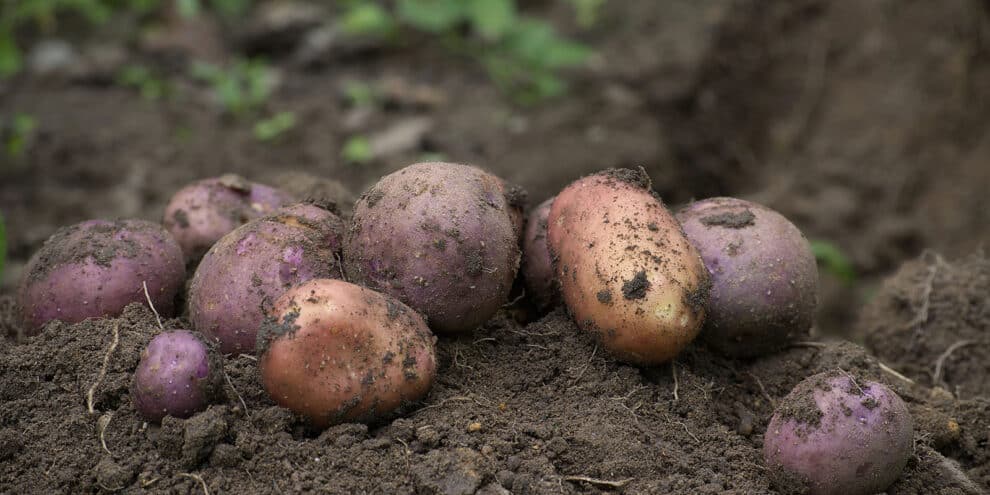
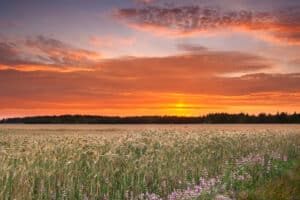
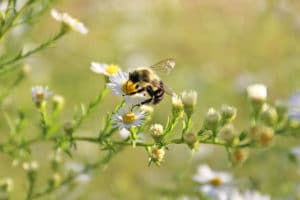
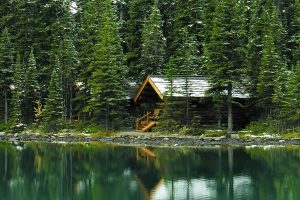
Add Comment